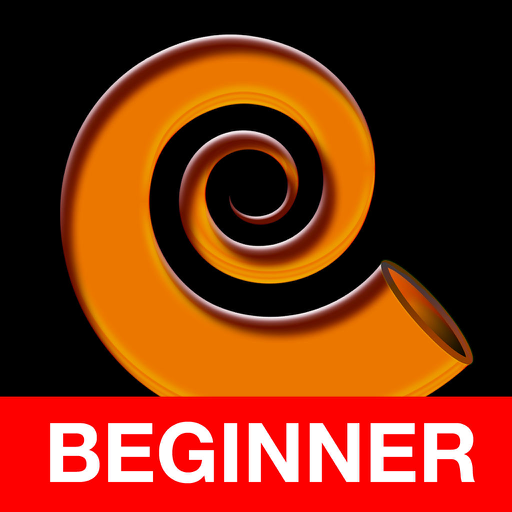$0.99
⭐️4.8 / 5
Rating
🙌9
Ratings
📼1 vid & 9 scs
Content
📦w/o updates
Updates frequency
🗣❌ unsupported
Your locale
- Versions
- Price History
- Description
- FAQ
All Versions of Music Theory Advanced
3.0
March 15, 2023
Major update for compatibility and functionality. Compare incorrect answers to the correct answer. More note values in Rhythms.
More2.0
January 3, 2019
Major update for compatibility and functionality.
1.1
November 30, 2015
Bug fixes and other improvements.
1.0
November 9, 2015
Price History of Music Theory Advanced
Description of Music Theory Advanced
Music theory covering Notes (Notation / Piano), Key Signatures, Intervals, Chords, and Rhythms, that tests basic musicianship skills at an advanced level.
Includes a 'Grade Book' list of all saved results that you can print or send.
• Notes, Intervals and Chords include an Ear Training mode that quizzes by audio only, while Rhythms is customizable from easy to nearly impossible.
• All pitched quizzes support Treble, Alto, Tenor and Bass clefs.
• Interval and chord roots can be random or user set for each question.
• Set a specific number of questions or grade only the number answered.
Notes module tests music notation and piano keyboard knowledge.
Key Signatures covers major and minor keys as well as the seven diatonic modes. Set separate maximum number of sharps or flats for the quiz.
Intervals includes simple and compound intervals played harmonically, melodically up or down. Intervals covered are major, minor, diminished, augmented 2nds, 3rds, 6ths, 7ths, and diminished, perfect, and augmented 4ths, 5ths, and octaves.
Chords include triads and seventh chords played harmonically, melodically up, down or broken. Triads are major, minor diminished and augmented. Seventh Chords are dim7, min7(b5), min7, min(maj7), dominant7, maj7, dominant7(#5), maj7(#5).
Rhythms tests your rhythmic and polyrhythmic skills. Develop hand independence with two lines of rhythms.
- Customizable options include; up to 16 measures in 2/4, 3/4, 4/4 or 5/4, one or two lines of rhythms, each with up to 3 pitches, include specific note/rest values, and exclude grading durations (for percussionists).
- Included note/rest values: Whole, Half, Quarter, Eighth, Sixteenth, Dotted Half, Dotted Quarter, Dotted Eighth, Triplet Half, Triplet Quarter, and Triplet Eighth.
The Grade Book is filterable by name.
Grades include the name, date and time the quiz was taken, all relevant settings (clef, number of questions, etc.), and score (percentage and letter grade).
Show less
Music Theory Advanced: FAQ
No, Music Theory Advanced isn’t iPad-friendly.
The Music Theory Advanced app was developed by Patrick Kelly.
The minimum supported iOS version for the Music Theory Advanced app is iOS 13.0.
The rating of 4.8 out of 5 that Music Theory Advanced has received from users is outstanding.
The Music Theory Advanced App Relates To The Music Genre.
3.0 is the current version of Music Theory Advanced.
July 1, 2024 is the date of the latest Music Theory Advanced update.
Music Theory Advanced was introduced to the market on March 24, 2023.
Contains nothing objectionable, appropriate for all ages.
Music Theory Advanced can be used in American English.
Unfortunately, Music Theory Advanced is not on Apple Arcade.
No, Music Theory Advanced does not allow for in-app purchases.
Sorry, Music Theory Advanced is not specifically engineered for compatibility with Apple Vision Pro.



























